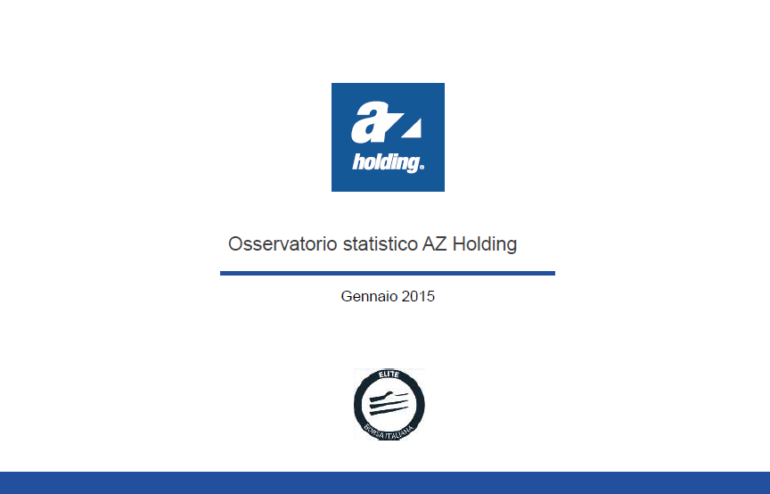Italy is indebted by women, foreigners and individuals under the age of forty
This fact was evidenced by data processed in the last report of the Statistical Observatory of AZ InfoCollection
Milan, 5 February 2015 – The Statistical Observatory developed by AZ InfoCollection, a leading company in the field of infoproviding and credit servicing, periodically provides market data and processings on the indebtedness of Italians in the area of financial loans.
On a quarterly basis, the Statistical Observatory of the Group proposes an analysis of the profile of the borrower with loans in the field of consumer credit, considered to be difficult to recover.
Through the use of a proprietary database cyclically subject to refreshing operations, AZ InfoCollection, in May 2014 admitted to the Elite circuit of the Italian Stock Exchange, monitors trends in debts on the national territory by extracting clusters and groups with the goal of tracing the evolution of the socio-economic behavior of the debtor.
Specifically, the report analyzes the 6.9% of the total number of Italian households, on a total amount of problematic cases that in November 2014 reached the sum of 181 billion euro.
What are the main data that emerge through the Statistical Observatory?
The analysis highlights a number of trends from 2011 until 2014 that can be summarized by describing the following trends:
- Strong growth in the number of indebted individuals under 40 (3 points more), linked to the rise in youth unemployment;
- Growth in the number of indebted women: many more women find it harder to pay the outstanding bills (4 points). The reduction of the gap between men and women is a clear indication of the fact that families are trying to access credit using all available financial sources: more and more often it is the wife who takes the loan because her husband or other family members are probably already indebted;
- Increase in those with income less than 1,000 euro per month (7 points). This fact is explained by the use of increasingly frequent contractual forms of temporary employment regulations with meager salaries, particularly for women, with lower wages on average.
Moreover the analysis shows the following:
- Increase in the number of debtors of foreign nationality (2 points higher);
- Increase in the number of pensioned public employees in financial difficulty, while decrease in the number of entrepreneurs and freelancers;
- There are more debts in the North than in the Centre. This is understandable given that the percentage of loans in Italy highlights a concentration of 60% in the North, 23% in the Centre and 17% in the South.

